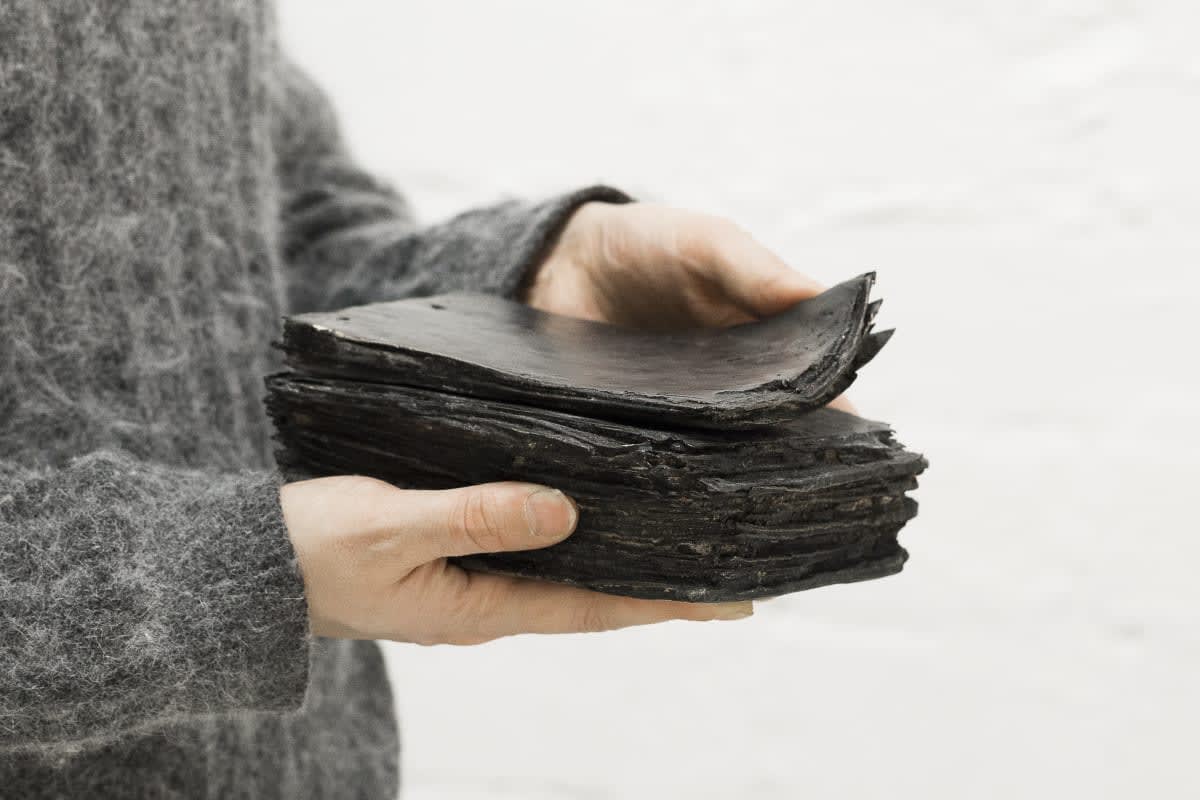I came across this statement by Italian philosopher Davide Sisto in his book Remember Me:
Memory and Forgetting in the Digital Age. For Sisto, remembering and forgetting are not
opposites, but share the same qualities and cannot be separated from one another.
As an artist, I have explored themes of memory and absence, using various archival materials
as starting points for my works. These core themes strongly guide my material choices. At the
same time, my work with lens-based media reinforces the subject matter I deal with, as
photography and video have a long history tied to the theme of memory.
I think of my artistic process as spiral-like. It coils and returns to the themes of memory from
different perspectives. My practice is influenced and inspired by both changes in environment
and reading. For example, my exploration of the relationship between archaeology and
memory began with reading researcher Joanna Zylinska’s reflections on photography as a
vehicle for the fossilization of time, and continued through attending artist residencies in the
Czech Republic, Denmark, and Italy.
As I’ve moved along, I’ve borrowed the lenses of archaeology, psychology, history, and
ecology. For instance, my work Weight of Memory (exhibited at Le Clézio Gallery in Paris
from November 14 to January 25) was created during a residency in Denmark, where I
visited archaeological excavations and worked at a local metal foundry.
The work is a bronze sculpture made from a stack of family album photos, whose charred and
petrified appearance invites reflection on the weight of memories through the physical act of
carrying the piece.

Hanna Råst, Weight of Memory, 2022. © Hanna Råst / Le Clézio Gallery
Most recently, I’ve returned to the idea of protection and preservation: a space that holds
memory but is reshaped each time it is visited. Perhaps the most immediate example of such
a space is the home. For Sisto, memory is not based on the assumption that the past can be
fully recalled. The past begins to fade and distort, and this requires the act of forgetting When
something escapes our grasp, we need to fill the missing void with our imagination.
When a memory or recorded moment disintegrates, it calls into question what we ultimately
build our individual and collective identities upon. In my current process, I see this
disintegration and distortion as an opportunity to create something new. Through it, we can
reframe and reshape the ways we perceive and understand.
It’s actually easy to understand why a certain theme remains captivating year after year, even
if it gains new nuances and perspectives. It’s something that has been there from the
beginning: a traveling companion through which to make sense of a changing world and
respond to both personal and societal shifts.

